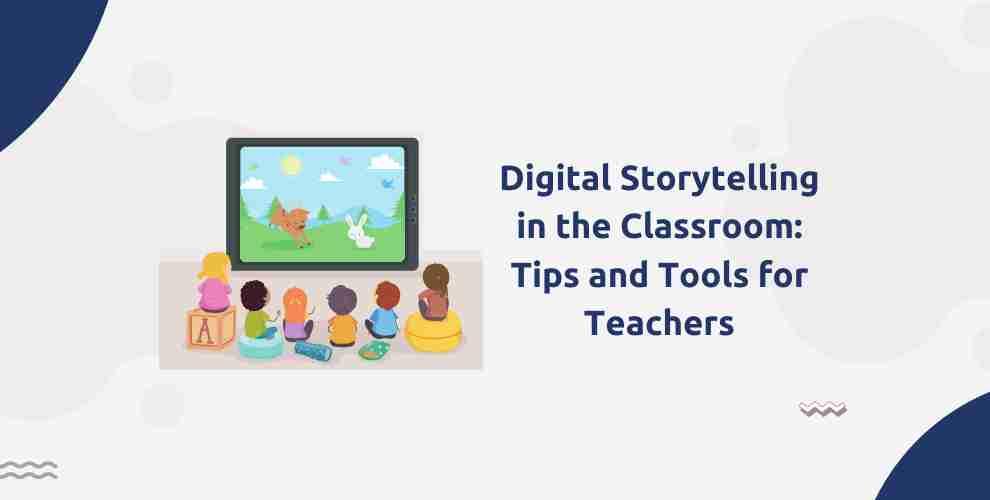How to effectively Integrate SEL into the Digital Classroom: Key Strategies for Educators
In today’s rapidly evolving educational landscape, the digital classroom has become the new norm for millions of educators and students worldwide. Incorporating Social-Emotional Learning (SEL) into online instruction is more crucial than ever, promoting not only academic success but also emotional intelligence, resilience, and well-being. But how can teachers effectively integrate SEL into digital learning environments? This comprehensive guide explores actionable strategies and practical tips to make SEL a core component of your virtual classroom.
What is Social-Emotional Learning (SEL)?
Social-Emotional Learning (SEL) refers to the process through which students develop the skills to understand and manage emotions, establish positive relationships, show empathy, set goals, and make responsible decisions. SEL is basic to the advancement of the “whole child” and is linked to improved academic outcomes, behavior, and mental health.
Benefits of Integrating SEL in the Digital Classroom
- Improved Student Engagement: SEL practices foster a sense of belonging and community even when learning remotely.
- Reduced Stress and Anxiety: Equipping students with SEL skills helps them manage the challenges of online schooling.
- Better Academic Achievement: Studies show that embedding SEL into curricula boosts academic performance and motivation.
- Enhanced social Connections: SEL strategies promote collaboration and respectful communication among peers, even in a digital setting.
- Mental Well-being: SEL provides vital tools to navigate adversity and maintain emotional balance during uncertain times.
Key Strategies for integrating SEL into the Digital Classroom
Effective integration of SEL in the digital classroom requires a thoughtful approach that adapts proven in-person practices for online settings. Here are the top strategies educators can use:
1. Set the Tone with Virtual Classroom Norms
- Establish clear expectations: Co-create digital norms with students, emphasizing respect, empathy, and active listening.
- Model positive behavior: Start each session by greeting students by name, showing enthusiasm, and encouraging openness.
- Incorporate SEL language: Use SEL vocabulary such as “self-management” and “responsible decision-making” in discussions.
2.Use Digital Check-ins and Emotional Temperature gauges
- Daily check-ins: Begin each online class with quick emotional check-ins using polls, emojis, or chat features. Ask questions like “How are you feeling today?”
- Well-being surveys: Use short surveys or Google Forms to monitor student mood and provide timely support.
3. Foster Meaningful Connections and Collaboration
- Create breakout room activities: Leverage small groups for peer discussions,cooperative projects,and team-building games.
- Virtual buddy system: Pair students for social support, collaborative assignments, or mentorship.
4. Integrate SEL Curriculum with Digital Tools
- Utilize SEL apps and platforms: Programs like Second Step, Zones of Regulation, and classdojo offer interactive SEL lessons and resources.
- Incorporate SEL into assignments: Design activities that involve perspective-taking, self-reflection, and ethical problem-solving.
5. Build Self-Awareness with Reflective Practices
- Journaling: Assign weekly digital journals where students can express thoughts or reflect on emotions experienced throughout the week.
- Guided mindfulness sessions: Integrate short breathing exercises, meditation, or visualizations at the start or end of class.
6. Encourage Student Voice and Agency
- Choice boards: allow students to select from various activities that align with SEL goals and academic content.
- Class meetings: Hold regular digital forums where students can suggest ways to build community or address collective challenges.
Practical Tips for Educators: Making SEL Work Online
- Lead by example: Consistently model empathy, active listening, and respectful communication.
- Be flexible: Adapt your plans to the diverse emotional and technological needs of students.
- Integrate SEL across the curriculum: Don’t limit SEL to standalone lessons—embed it in daily routines, group work, and feedback.
- Keep parents in the loop: Communicate regularly with families about SEL goals, activities, and student progress.
- Provide consistent feedback and support: Recognize effort, celebrate progress, and offer gentle guidance when challenges arise.
Case Study: SEL Success in a Remote Middle School Classroom
Ms. Ramirez’s Approach: Teaching middle school students remotely, Ms. Ramirez started each class with a temperature check — students responded with an emoji and a word describing their mood. Breakout rooms were used for peer connection challenges, like “Two Truths and a Lie,” focused on getting-to-know-you prompts. Students created digital journals reflecting on their week,which Ms. Ramirez reviewed and responded to personally.
The Results: Students reported increased feelings of connection and engagement. There was a noticeable decline in disruptive behavior during synchronous sessions,and students began initiating their own virtual study groups. Parents praised Ms. Ramirez’s commitment to both academic and emotional growth.
First-Hand Experience: Teacher Perspective on Digital SEL Integration
As a teacher, I’ve witnessed the profound impact of integrating SEL into my digital classroom. At first, students seemed hesitant to share or participate openly. After incorporating daily check-ins and SEL-based group activities, I saw a conversion. Students became more willing to express themselves,collaborated more effectively,and showed greater resilience during setbacks. SEL isn’t a “nice to have”—it’s the foundation for building trust and motivation in a virtual world.
Overcoming Challenges: SEL in the Digital World
- Addressing digital divide: Ensure equity by offering flexible options—recorded lessons, offline activities, and alternative methods for participation.
- Maintaining privacy and safety: Safeguard student details and create clear guidelines on sharing personal feelings in group settings.
- Avoiding “Zoom fatigue”: Balance live sessions with asynchronous SEL activities or screen-free mindfulness breaks.
conclusion: The Future of SEL in Digital Classrooms
Integrating Social-Emotional Learning into digital classrooms is not just a trend—it’s an educational imperative. As online and hybrid learning environments continue to shape the future, educators have a unique opportunity to foster well-rounded growth, connection, and resilience in their students. By implementing these evidence-based strategies and keeping SEL at the core of digital teaching, you’ll empower students to navigate both academic and life challenges with confidence and empathy.
Start small, stay consistent, and celebrate every success along the way—the digital classroom can be just as nurturing and transformative as the traditional one with thoughtful, intentional SEL integration.

